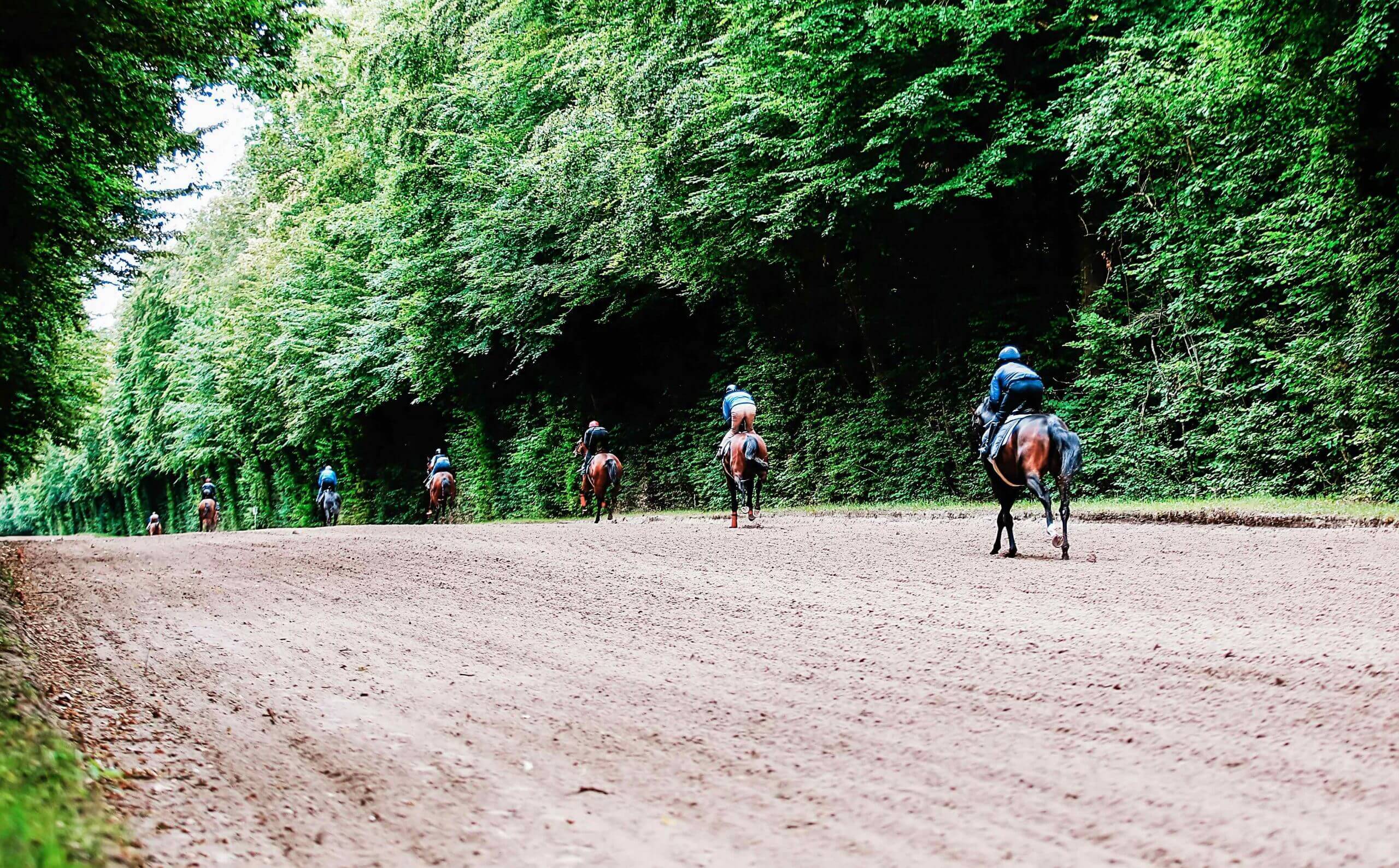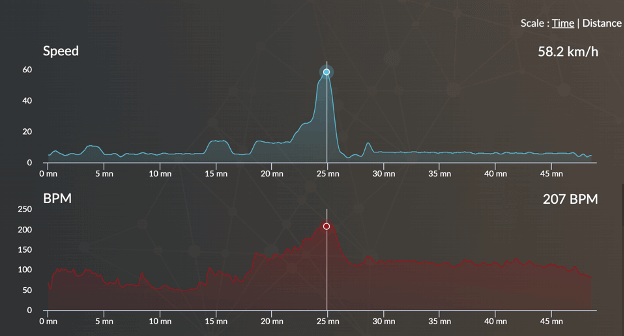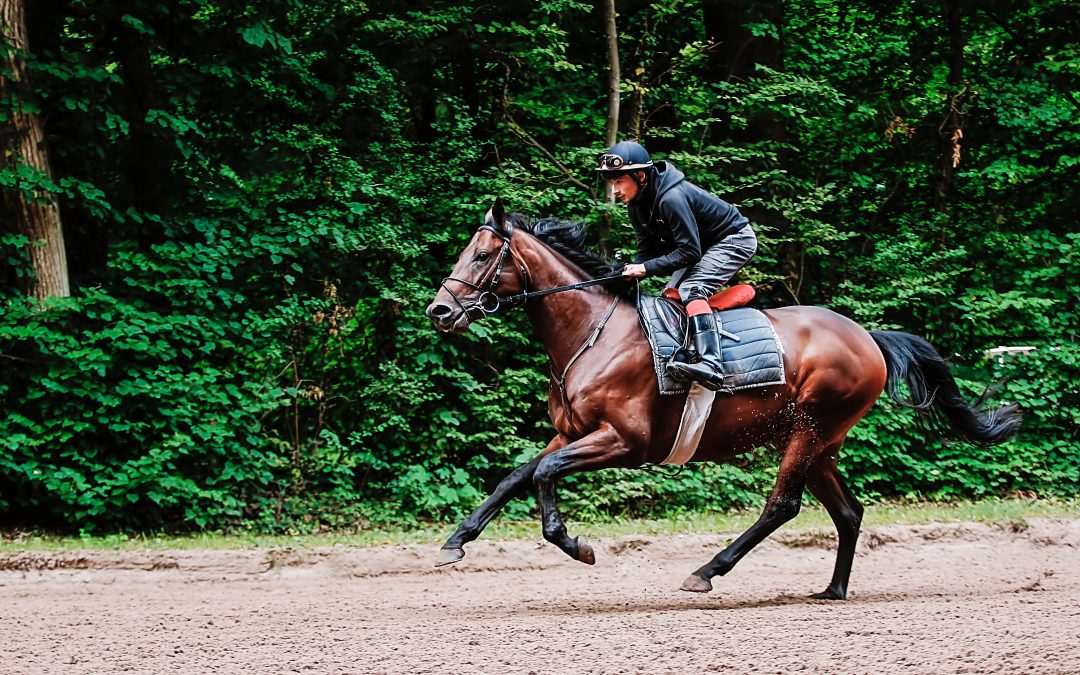The standardised test of effort is a valuable tool for those involved in the racing world since it allows the evaluation of a large number of physiological parameters. The aim of this exercise is to measure the fitness of the racehorse, to evaluate the performance of its training and to detect cardiac pathologies. There are different types of standardised tests of effort and the majority of them are dedicated to eventing horses. This article offers an adaptation of these scientifically validated tests developed by the scientists and experts of the Arioneo team for gallopers.
The standardised test of effort for racehorses
Scientists and experts from the Arioneo team have been working on the adaptation of this test for gallopers.
It is important to know that the difficulty for gallopers lies in their young age and the type of training performed. It is complicated to stop a horse just after the exercise to take a blood test to analyse its lactate level and ask him to repeat the effort.
Setting up a routine is a necessity for these young horses to gain confidence. For example, some trainers associate the type of training with the type of track. This allows the horse to grow in a known environment and to anticipate the training.

The adaptation of the test goes through the standardisation of an exercise and the goal is to repeat the defined training over time. The standardised test must reflect the reality of a race (for example an acceleration over 400/600m) without reaching its intensity in order to ensure the safety and health of the horse. The analysis of cardiac parameters at high speed over a short period of acceleration makes it possible to highlight the emergence of a pathology or to define training objectives that can be evaluated by carrying out a second test. The purpose of the second test will be to evaluate the horse’s progress and to measure the effectiveness of its training.
By having performed this test on each of his horses, the trainer of a stable can draw comparisons. It will be possible to evaluate the 2-year-olds among themselves, the 3-year-olds among themselves and so on. It will also be possible to compare the data of a young 2-year-old horse with that of an older horse that has already performed.
Conditions & Equipment
Standardised tests of effort need to be performed on trained horses in good physical condition. Veterinary examinations should be carried out beforehand to ensure the horse’s medical condition. This test can be carried out after a period of return to general development work to increase the horse’s endurance or 48 hours (minimum) after an intensive effort.
The equipment required to carry out this type of test is composed of 3 elements:
- A heart rate monitor to measure the heart rate throughout the effort. The EQUIMETRE heart rate monitor will be a great asset since it allows you to visualize the speed and breathing parameters live. You can also analyze them on the platform once the training is over.
- A portable analyzer to measure lactate levels thanks to the lactate concentration.
- A good quality track allowing the horse to gallop at high speed without injury.
Finally, it is important to have this test performed by experienced riders who have the ability to respect the required speed.
Example of a standardised test carried out with a veterinarian

A warm-up and recovery phase must of course be planned.

Here are the data from a standardised test monitored by EQUIMETRE
An exercise test is a tool to characterize a horse’s work capacity by analysing his response to training. At the end of the test, the trainer and the rider are able to adapt the training program according to the results. It measures long-term follow-up because it allows to visualise the level of fitness of the horses during the training progress. The investigation of counter-performance is also reported.
Key words: standardised effort test, monitoring racehorse fitness, detecting pathologies, heart rate monitor, training standardisation, racehorse comparison, racehorse follow-up


